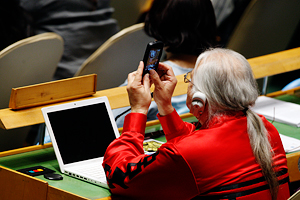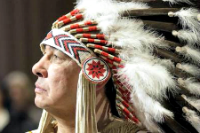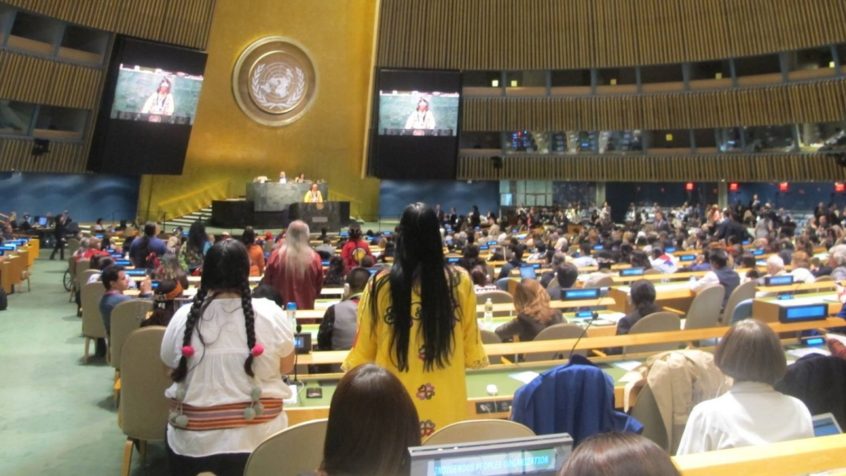
World Summit on Information Society important for Indigenous Peoples
On the 15 and 16 December, high-level representatives from governments, civil society and the private sector gathered for the United Nations General Assembly High-Level Meeting on Review of the World Summit of the Information Society (WSIS+10).
At the meeting, one of the issues discussed was how to bridge the so-called digital divide and ensure everyone’s inclusion and participation in the information society. In this regards, the WSIS+10 Review Outcome Document makes reference to indigenous peoples, stating in paragraph 12 that “particular attention should also be paid to address the specific [information and communications technology] challenges facing children, youth, persons with disabilities, older persons, indigenous peoples, refugees and internally displaced people, migrants and remote and rural communities” (emphasis added). Furthermore, the Secretary-General in his opening statement at the Summit on 15 December pointed out that we need to bridge the digital divide. He called for everyone to “ensure that the results of this High-level Meeting will help us reach our shared destination – a sustainable, equitable and connected world for everyone, everywhere”.
Indigenous peoples face specific challenges as well as opportunities in participating in the information society. As affirmed under article 16 of the UN Declaration on the Rights of Indigenous Peoples, indigenous peoples have “the right to establish their own media in their own languages and to have access to all forms of non-indigenous media without discrimination”.
The WSIS+10 review comes at a relevant moment for indigenous peoples. In January 2016, following a recommendation from the Permanent Forum on Indigenous Issues made in 2015, international experts will convene in New York to discuss Indigenous Languages: preservation and revitalization – with a special focus on the use of information and communications technology to revitalize indigenous languages. This will be a good opportunity to take the commitments of Member States forward in order to bridge the digital divides for everyone, everywhere. Indigenous peoples should be included in this journey.
A little bit of history:
Indigenous Peoples have been actively involved in the processes around the World Summit on the Information Society since the first summit in 2003 in Geneva. In 2003, the Global Forum of Indigenous Peoples and the Information Society was one of the largest official parallel events of the Summit, attended by more than 250 representatives from governments, indigenous organisations and private sectors. The meeting led to the Geneva Declaration, a report on the potentials and obstacles to the full and effective participation of indigenous peoples in the information society.
Obstacles include lack of basic community infrastructure, limited access to modern technologies and the urgent need for gender and age-sensitive capacity-building in technology. Potentials in the information society include access to new marketplaces, increased indigenous networking (both regionally and internationally), new strategies to revitalize and pass on culture and languages, and the opportunity to fully participate in the new information and connectivity revolution facing humanity. Read the full Declaration here.


